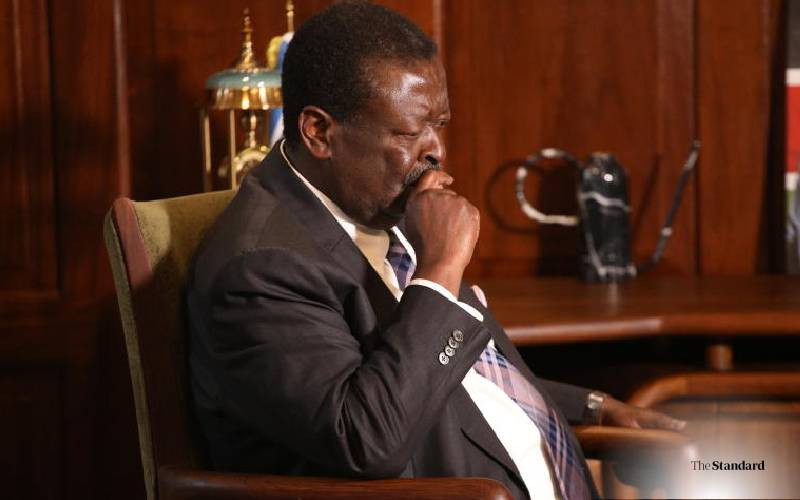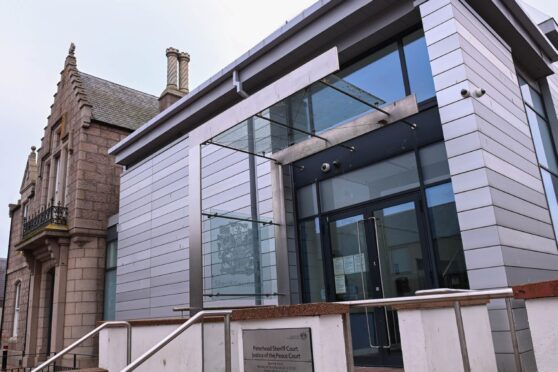
Delhi Election 2025: Dutee Chand has been voting for the Aam Aadmi Party (AAP) since it was born out of the anti-corruption movement in 2012. Chand, a housewife, says that in the last ten years, Arvind Kejriwal's party has done what other mainstream parties could not do. “Just imagine someone ( PM Modi ) who would dismiss AAP schemes as revdi (freebie), now promising in each rally he addresses that if BJP comes to power, it will not discontinue the existing schemes,” says Chand who lives in the Tilak Nagar neighbourhood of the national capital.
Delhi will go to polls for its 70-member assembly on February 5. In the last two assembly elections, Delhi voters, like Chand, chose the AAP. The same It is another matter, that the BJP won all seven Lok Sabha seats of the national capital in the last three Lok Sabha polls however.

The AAP swept the 2020 assembly elections polling about 54 per cent votes. The BJP finished second with 39 per cent vote share. AAP is ahead of the BJP by 15 per cent votes, as per 2020 assembly poll results.
Who is an AAP voter? Two days before polling, let’s look at who is an AAP voter. Well, the AAP has a diverse voter base in the national capital. The Arvind Kejriwal-led party gets its from different demographics and socio-economic segments.
The party began swaying the middle class by its anti-corruption poll plank when it fought its first assembly election in 2013. Years later, AAP stated making inroads in poor and lower middle class, perhaps, because of its free subsidies on electricity, water and more. “AAP voter is a normal citizen of Delhi who wants his government to help him/her through facilities like free electricity, free water and better health services.
Even people who do not get free electricity vote for AAP because they get round-the-clock electricity supply,” said AAP leader and Tilak Nagar MLA Jarnail Singh. BJP Vote Bank Intact For the Bharatiya Janata Party (BJP), the core vote bank – the upper middle class and trading community remains intact in the national capital. Still the number of seats for the BJP has decreased from 32 in 2013 to just 8 in 2020 assembly polls.
For the AAP, the last two years have been the toughest. Almost the entire top leadership found itself in the middle of investigations by central investigation agencies over corruption allegations, mostly around the alleged Delhi Liquor scam. The BJP and Prime Minister Narendra Modi have highlighted the alleged ‘lavish spending’ in the construction of Arvind Kejriwal's 6 Flagstaff Road residence—' Sheesh Mahal '—when he was chief minister before stepping down in September last year.
Women Voters Support AAP According to the Lokniti-CSDS survey, more women voted for AAP than the BJP and Congress in 2020 Delhi Election. The AAP got 60 per cent vote share of women in 2020 compared to 43 per cent men voters. The BJP got 35 per cent women voters compared to 43 per cent men.
The congress bagged 3 percent women vote share compared to 5 percent of men votes. Delhi has about 71 lakh women voters. All three parties – the AAP, the BJP and the Congress – have tried to woo the women voters by promising a host of welfare schemes.
AAP has promised to give ₹ 2,100 to each poor woman of Delhi if it comes to power in the upcoming elections. The BJP and the Congress have also promised cash schemes for women ahead of Delhi Election 2025. The AAP has been primarily getting its support from the poor and lower middle-class voters too.
There are around 3 lakh households in Delhi’s 675 slums and 1700 unauthorised colonies . This makes upto 10 per cent electorate of the national capital and a crucial vote bank. Slum dwellers have been AAP’s core voters since 2013, when it dethroned Congress in the national capital.
The inhabitants of slums form a significant chunk of beneficiaries of AAP’s welfare schemes such as free electricity and mohalla clinics. Of the 70 assembly seats, 33 are strongly influenced while another 17 are moderately affected by slum dwellers Daily wage earners and auto drivers in low-income areas have also supported AAP in the past. AAP has been targeting auto drivers with schemes like ₹ 1 lakh financial aid for the daughter's marriage, free coaching for children, ₹ 10 lakh life insurance and ₹ 5 lakh health insurance.
“When Congress was in power, auto drivers were harassed every now and then. In the last ten years, our lives have become easier, not to mention the benefits from AAP welfare schemes,” said Arvinder Singh, an auto driver and an avid AAP supporter. Middle Class Votes Analysts said that the announcement of no tax upto ₹ 12 lakh salary will impact Delhi Election 2025 results.
If the 15 per cent vote difference between the AAP and the BJP is seen through socio-economic segments, the Arvind Kejriwal-led party is ahead of the saffron party by 6 per cent votes. “It is this 6 per cent gap in middle-class vote share that will be key in February 5 polls. And if this vote share swings towards the BJP, after the budget announcements, the results will be interesting,” said political analyst Amitabh Tiwari.
So, will Delhi continue to vote for different parties in Lok Sabha and Assembly Elections or will it break the trend on February 5 .We will know on February 8 when the results will be announced..















